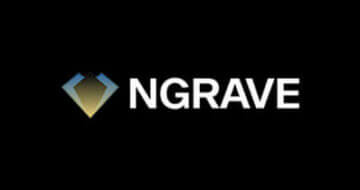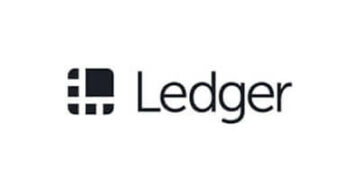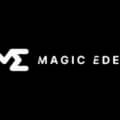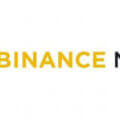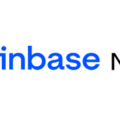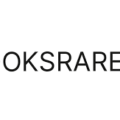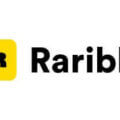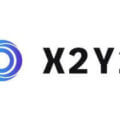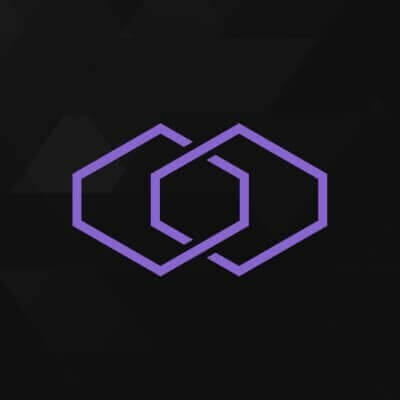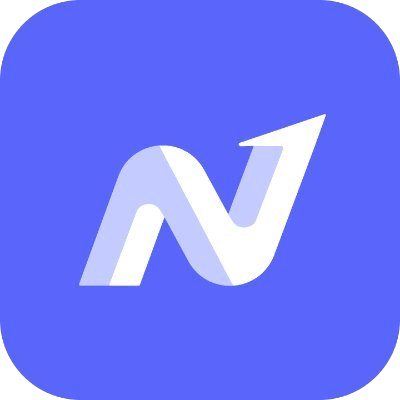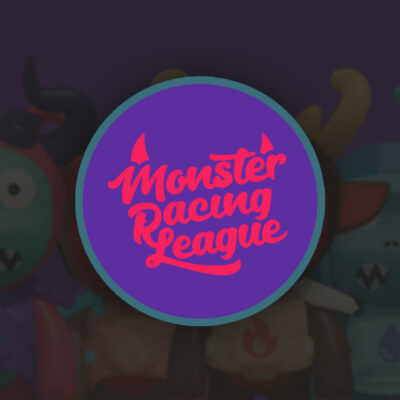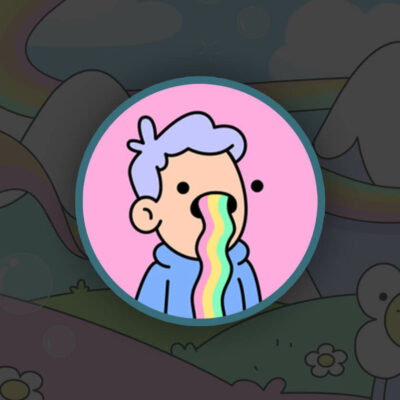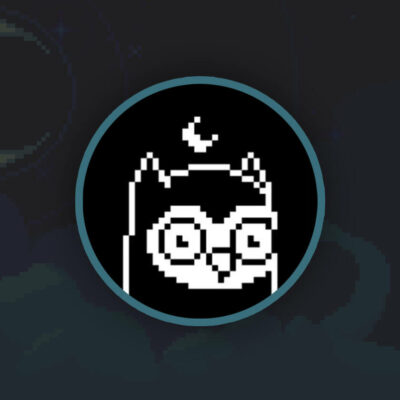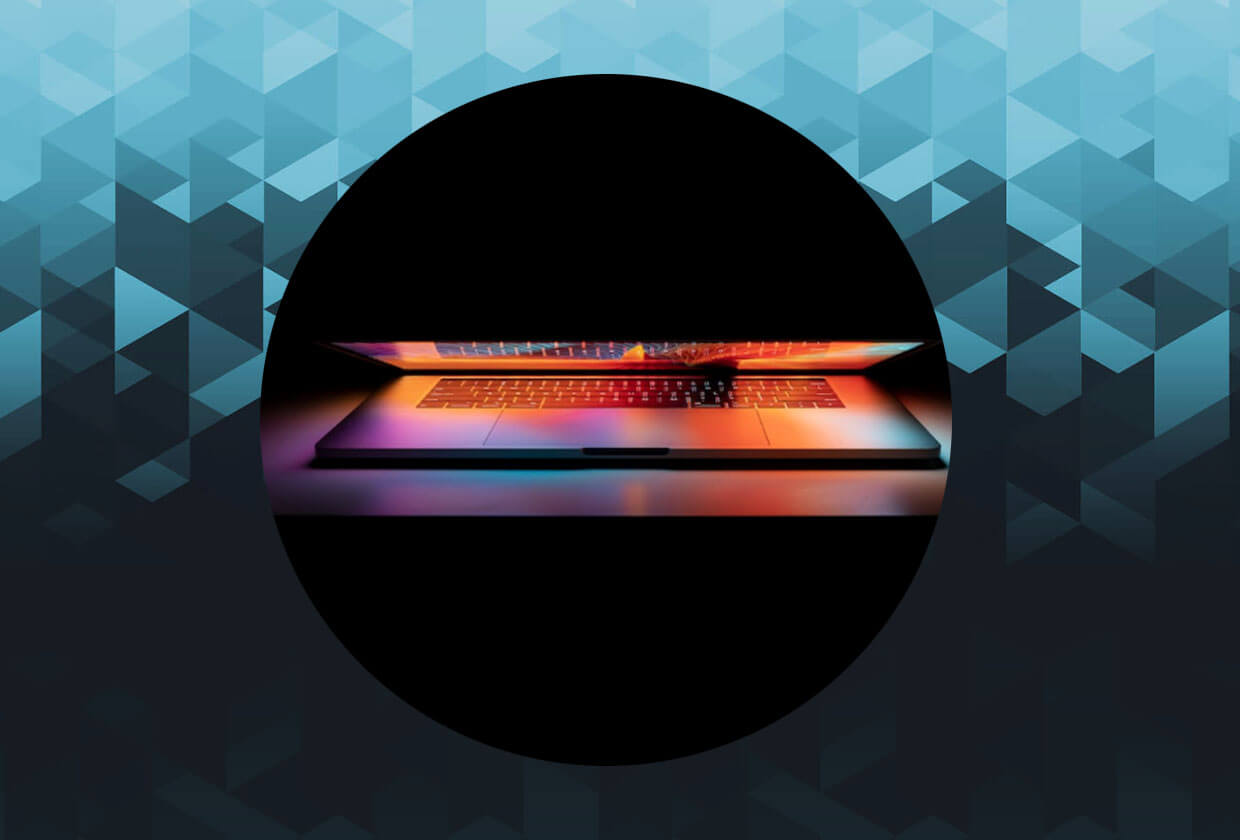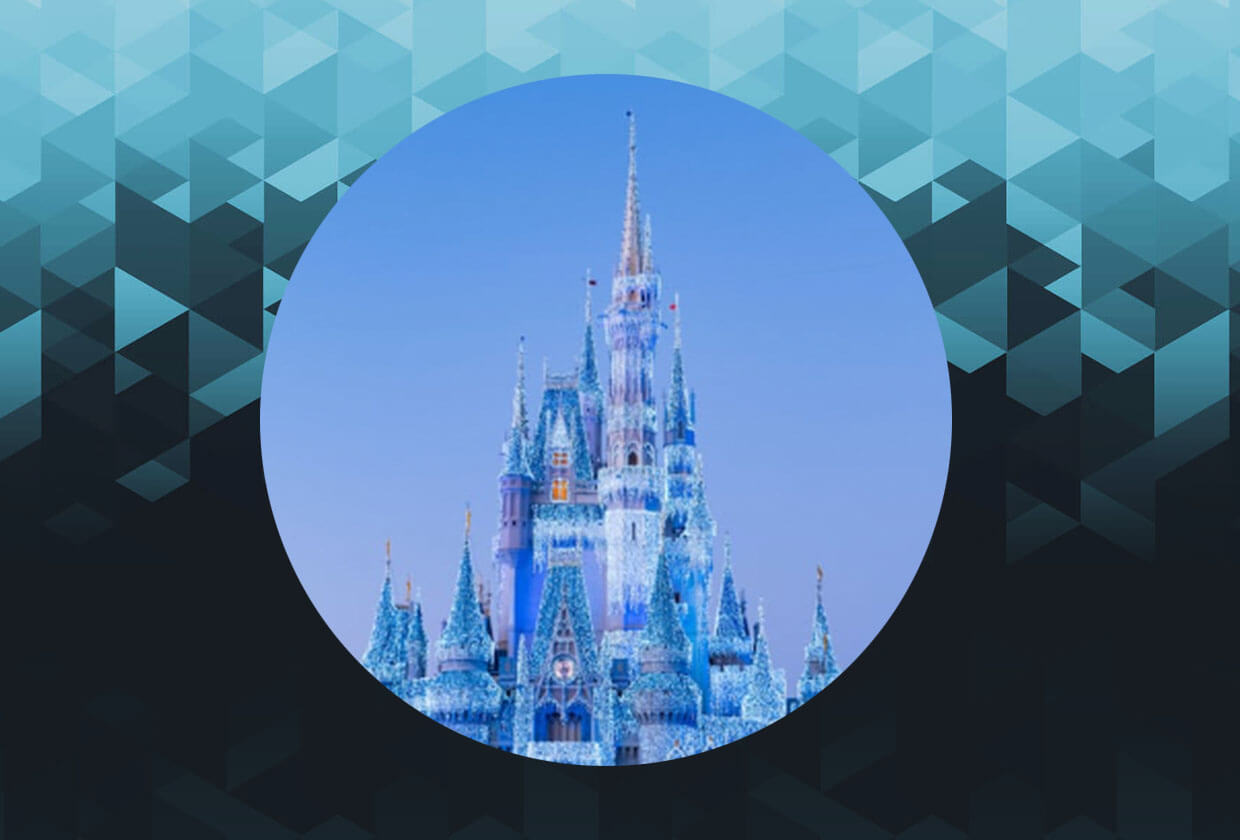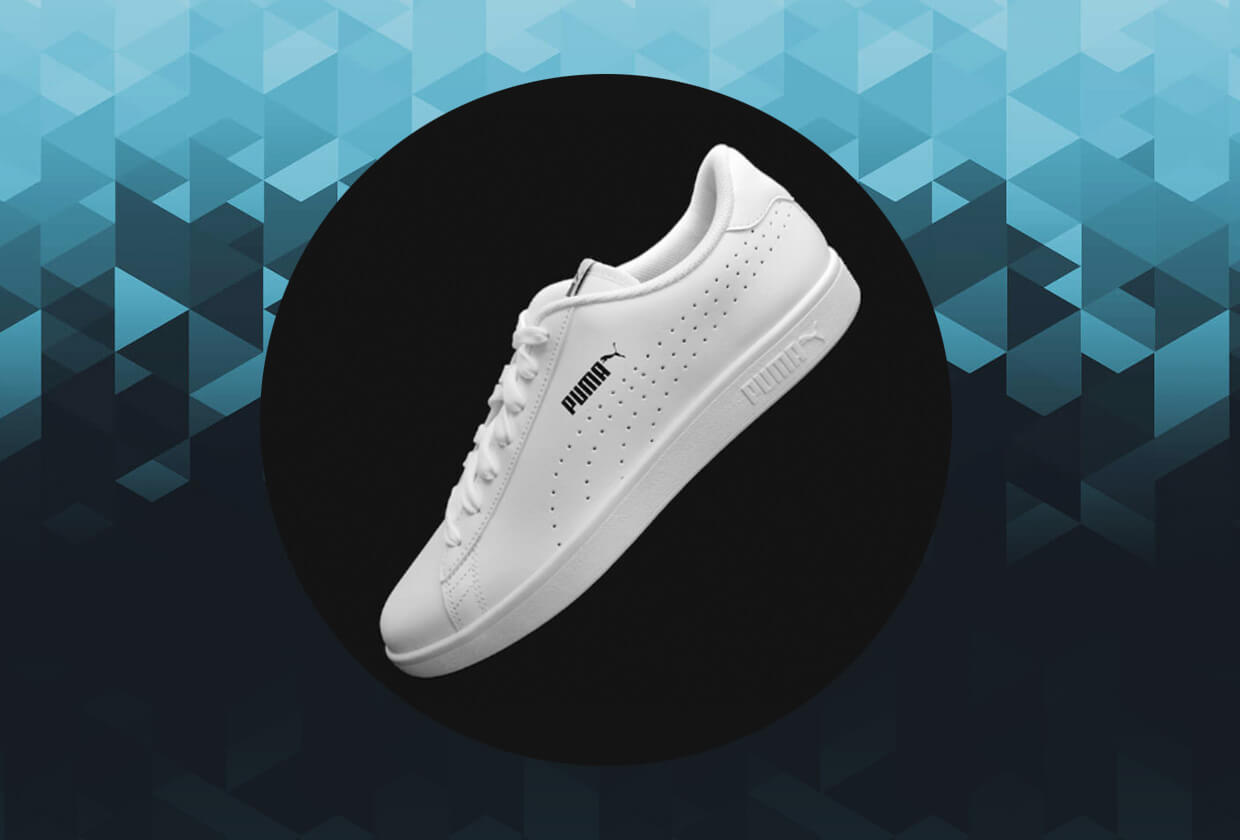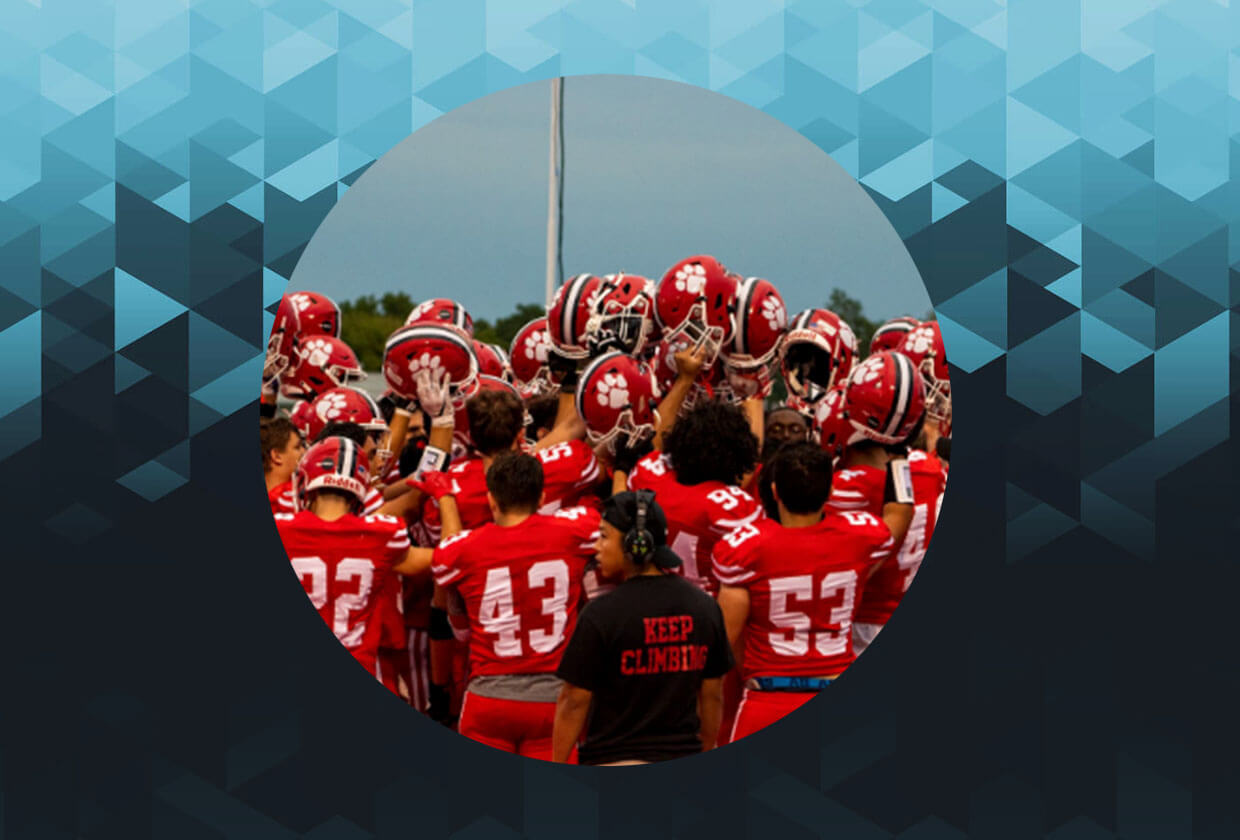Learn what NFTs are and how to buy NFTs with BuyNFT!
Whether you want to buy NFTs, invest in NFTs, create NFTs or just want to learn about how NFTs work, we’ve got your back.
BuyNFT.com is made up of industry veterans that have been working in the blockchain and crypto world for a significant period of time. We’ve seen everything from the birth of Bitcoin to the boom of NFTs.
So, let’s all gather around the campfire and explore the fabulous world of NFTs, including how you can buy your very own NFT and make your own NFT collection!
It’s going to be an emotional roller-coaster, so strap in!
An introduction to investing in NFTs
The cryptocurrency world is coming out with new trends all the time, but the latest trend to take the world by storm is NFTs.
You’ve almost certainly heard the stories of NFTs selling for millions, with some of the biggest celebs getting involved in the action.
But what is an NFT, what do they do and how to buy NFT?
We’re buynft.com and we’re here to dispel the myths about NFTs and teach you everything there is to know about NFTs!
Whether you’re new to crypto or are a crypto veteran, our guide to the world of NFTs will have useful tips and tricks that you can use.
So, let’s dive in and learn all about NFTs and why they’re so popular right now!
What is NFT? What does NFT stand for?
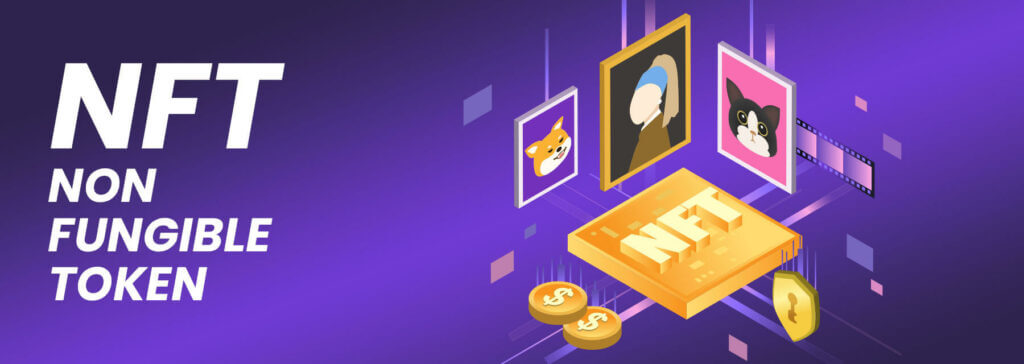
If you’re wondering what is NFT, then you’re not alone. There are millions of people around the world wondering what an NFT is and what the hype is all about.
NFT stands for non-fungible token, which translates into a token that cannot be replicated.
Let’s compare this to another set of items so that it makes a little more sense. For example, gold is fungible as every ounce of gold is exactly the same.
It’s replicable as every ounce of gold that you then mine from the planet looks the same and has the same chemical composition.
On the other hand, non-fungible items could be signed books, game worn clothing items and handmade sculptures.
These items can be copied closely, but they can never be replicated to be exactly the same.
Now, apply this to cryptocurrency and tokens and you’ve got a brief understanding of what an NFT is. An NFT is a cryptocurrency token that is linked to a digital piece of art.
That token cannot be replicated, meaning that each token represents true ownership of the digital art. That being said, NFTs don’t just have to be related to digital art.
It could be a screenshot of a Tweet, a GIF, a song, a video or just about anything else your heart desires.
Most NFTs are digital items as it’s easier to send and receive them over the blockchain. But there are a few physical NFTs out there and companies are looking to use this tech.
For example, Nike has patented a method that allows you to verify the authenticity of sneakers using an NFT system, dubbed CryptoKicks.
So, there you have it.
NFTs are just tokens that live on a blockchain that validate the holder as the true owner of an item, be it digital or tangible.
How do NFTs work?
The world of blockchain and crypto can be really confusing, especially to those of us that aren’t technically minded.
And that’s totally fine, you don’t need to be able to explain exactly how blockchain works to be able to buy NFT and use them.
You don’t really need to know how the technology works to be able to enjoy them and collect them.
Think of it like driving a car.
All you need to know is how to buy, drive, store and sell the car to get maximum use out of it. But, for those of you that are wondering how NFTs work, we’ve got your back!
An NFT is a token that’s linked to a piece of art or tangible item, but it’s more often than not digital art. You see, the artwork isn’t the NFT, that’s just an image file. The token is the NFT.
The token is minted by the creator of the artwork and in the minting contract, the artist puts the image file.
Once the token has been minted, the image file is then bound to the token and can be distributed.
When you buy NFT, the token is then sent to your wallet by making a simple transaction.
This is almost identical to the process of sending crypto between 2 wallets. Only this time, the transaction costs a bit more.
You can store your NFTs in any wallet that supports Ethereum, Binance Chain or Solana, for the time being.
As more blockchains start launching NFT support, then we’ll see more wallets adding support for these tokens. And that’s it really.
An NFT is just another token that sits in your crypto wallet and moves around the blockchain like any other cryptocurrency or token.
The token simply signifies that you own the image file that’s bound to the token.
See, it’s not scary at all!
How long have NFTs been around?
If you’re thinking that NFTs are new, then you’d actually be surprised to learn that they’ve been around for quite some time now.
It’s only recently that they’ve become a huge deal.
In 2014, Glitch CEO Anil Dash created monetized graphics, which were rudimentary early NFTs.
But this didn’t really catch on as it was a little early in the blockchain lifecycle.
In the same year, we saw an exchange called Counterparty launch which was designed for trading collectible digital assets.
However, people mostly traded coins on the platform, not art and NFTs.
Those that did use it for its intended purpose used it for meme trading, and this sparked the idea from the big players in today’s NFT world to make the industry into what it is now.
Back in 2017, LarvaLabs gave away a bunch of their CryptoPunks NFTs.
They were free for anyone with an Ethereum wallet address at the time.
Now, these same NFTs sell at auction for millions of dollars.
But, why weren’t NFTs already a massive deal back in 2017?
Well, the answer is that there were no real NFT marketplaces.
The likes of OpenSea, Rarible and Foundation didn’t exist.
A large part of this was due to the regulatory cloud around the process of buying NFTs and what they could mean for auction sites.
People were also more interested in scoring huge bags of ICO tokens and selling them on for insane profit.
But, it was around 2018 when the mainstream media really caught on to NFTs.
Once this happened, celebrities and marketplaces began popping up.
It was only at this point that NFTs really started to become worth a fair bit of money and really pulled in more and more buyers.
After Twitter’s Jack Dorsey sold his first Tweet for $2.9 million as an NFT, the hype really exploded.
Since then, NFTs have been fetching ridiculous amounts of cash on marketplaces.
What can you do with an NFT?
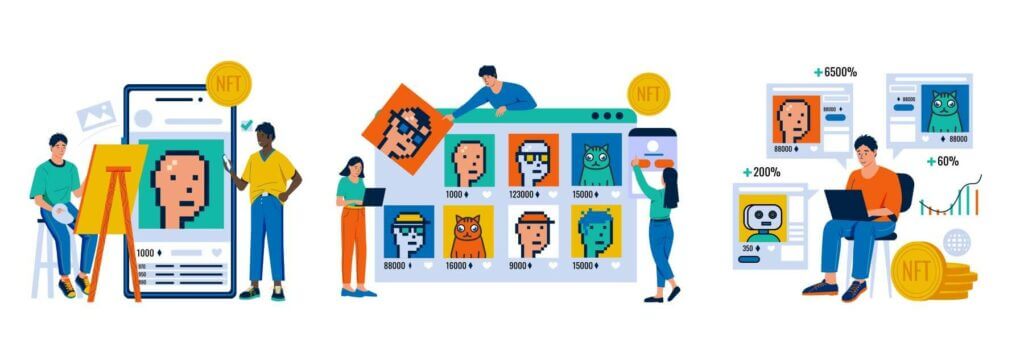
Before you buy an NFT, you might want to see what you can do with an NFT. For the most part, NFTs are speculative assets, or collectibles.
What we mean by this is that even if you pay $1 million for an original Beeple NFT, it doesn’t mean that you’ll be able to sell it for $1 million or more.
It’s totally speculative, like all art is.
Some people like to collect NFTs and hold a large portion of a collection. This further increases scarcity for that particular collection and in theory should help drive up the price.
But, if that theme or creator is no longer popular, the value of the collection will sink. NFTs rely on communities and cliques to keep the interest alive and the price rising.
Bored Ape Yacht Club is fantastic at this, with most of the community being highly active in a Discord server.
It’s these communities that help NFTs and their creators become popular and thrive.
Now, that being said, there are some NFTs that you can actually use and play with.
For example, in Decentraland you can buy NFTs and attach them to your avatar. These range from unique t-shirts and hats to drinks and food.
You can also buy property and other items in the game, all of which are NFTs.
But again, if you buy a specific tee because of the design, but then the design becomes less desirable, you’ll lose money on that NFT purchase.
There are more games coming out that let you use NFTs, but for the most part, NFTs are just for collecting and storing in your crypto wallet.
Simply put, you’re better off looking at the decision to buy NFT as investing in NFTs.
Can I trade NFTs?
The cool thing about buying an NFT is that you can trade NFTs. There are lots of marketplaces on the web that allow you to buy NFT and trade NFTs at the click of a button.
Most of these NFT trading sites take a fee from the sale price, but that’s pretty standard.
You see, if you’re going to make money after you buy NFT, you’re going to need to trade your NFT with someone else.
You can opt to trade your NFT for cryptocurrency or you can trade NFT for another NFT. These NFT to NFT trades are not so common, but there are a few NFT traders that will accept.
Think about it like buying art. You can appreciate it in your collection, but the only way to realize a profit from it is to trade it. You can trade your Van Gough for money or another piece of art. The same goes for NFTs. You can opt to trade NFT for money or another NFT.
Why Should I Buy NFT?
If you’re wondering why you should buy NFT, then you’re definitely in the right place. NFTs are the hottest property in the crypto space right now.
This means that it’s very tempting to buy an NFT, and we can’t blame you for that temptation. People have made millions buying and selling NFTs on the various NFT marketplaces.
So, before you buy NFT, it’s worth taking a look at the pros and cons of NFTs.
Pros when you buy NFT
· Proof of ownership is immutable
· Get access to exclusive content
· Potential to make a fortune
· Unique tokens that are yours for life
If you do decide to buy NFT, then you’ll be able to take advantage of all these amazing perks. An NFT is a token, which means that you can store them in your crypto wallet.
Each token proves that you’re the legitimate owner of a piece of digital art, giving you sole ownership or access to exclusive content.
Also, NFTs are constantly increasing in value, especially rare NFTs and ones with rare features. These all combine to create the perfect excuse to buy NFT.
That being said, there are a few drawbacks to consider before you buy an NFT.
Cons when you buy NFT
· Markets are volatile
· You can get hacked
· Not all NFTs are worth money
If you’re going to buy an NFT, then you need to be aware of the pitfalls. There’s no guarantee that your NFT collection will be worth the same or more money when you come to sell it.
So if you’re going to invest in NFTs, remember that it’s highly volatile and incredibly risky.
It’s also easy to get hacked and have your NFTs stolen, especially if you don’t have the best cyber security.
Finally, if you’re going to buy NFT, you need to make sure that it’s actually worth the money. Not all NFTs are worth paying for and a lot of artists are just creating hype to earn a quick buck.
So, before you buy NFT, make sure that you do some real homework on the artist.
If you do this, then you can make sure that when you buy NFT you’re getting a good deal on a good piece of art!
What’s the point of investing in NFTs?
NFTs come in all shapes and sizes, but most don’t really have a purpose. A large portion of them are designed as a quick cash grab from greedy designers. But, some have real value and give their owners something to really be proud of.
So, to begin with, NFTs are designed as a way to verify ownership of a piece of digital art. It can be a tangible item as well, but the most common use case for NFTs is for digital art.
The actual NFT is the token which lives on the blockchain. When minted, the file of the digital artwork will be embedded in the code.
This then proves beyond a shadow of a doubt that the owner of this token is the owner of the artwork.
The point of an NFT?
To verify ownership of an item or digital asset – it’s as simple as that.
Despite this, a lot of people still speculate on the price of NFTs, leading people to invest in NFTs.
This can often pay off quite nicely, but there’s a major pile of risks attached to it.
So, unless you’re willing to risk your money in a highly volatile asset, do lots of homework before you invest in NFTs.
Is every NFT unique?
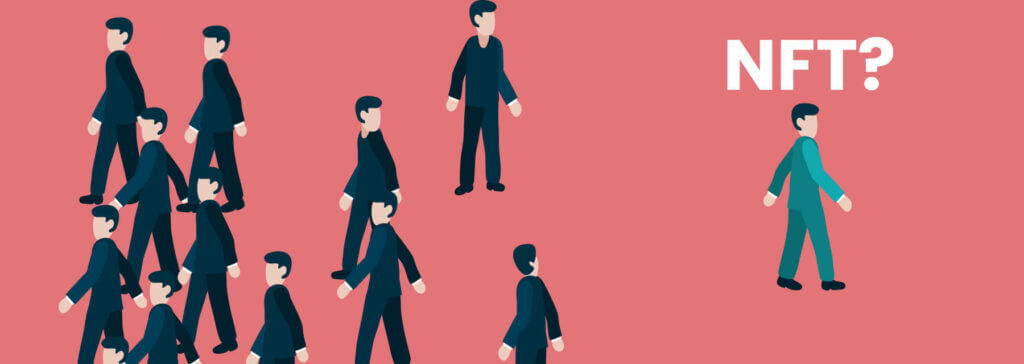
As we mentioned earlier, NFT stands for non-fungible token, which literally means a token that cannot be copied or replaced.
But, there are a few exceptions to the rule in that you can create a set, meaning that the NFT is not a 1 of 1 and instead a 1 of 10, for example.
This is particularly common in NFT trading card games and with NFT creation tools.
This means that yes, you can have multiple copies of the same NFT, but then the same goes for art. You can have prints in runs.
These NFTs are always worth less as they’re less unique and scarce.
But, this parameter can only be set when minting the NFT.
So you wouldn’t be able to buy a Beeple for $1 million then mint 100 more of them and sell them all for $1 million each.
You could create your own run of NFTs and sell them as part ownership of your $1 million Beeple, however.
While we’re on this subject, it’s worth pointing out that just because you decided to buy NFT doesn’t mean others can’t enjoy it… or use it.
Let’s say you buy a Beeple for $1 million.
Great, it’s all yours and you own it.
But, people can still see the image online.
There’s absolutely nothing stopping anyone from downloading the artwork from the internet and enjoying it themselves.
Sure, they wouldn’t own the official NFT, but there’s nothing stopping them printing it out and hanging it on their wall at home. You cannot police that and you cannot prevent it. This is just like we see in the regular art world.
Anyone can go out there and buy a Van Gough print, but only one person can own the original. That’s exactly what it’s like to buy NFT artwork.
You’re paying to own the original.
But there will be prints and copies made, all around the world, every second of the day.
Think of owning the NFT as ultimate bragging rights, rather than exclusive access to viewing a particular item.
Music artists are also exploiting the NFT world as an additional revenue stream.
In March 2021, Kings of Leon became the first band to drop an album as an NFT.
You were able to buy the album as an NFT, but you could also stream it on Spotify, which made it fungible….
https://open.spotify.com/embed/album/5mi6IbVDNVKpOO702ejPn6
So what exactly makes the When You See Yourself NFT an NFT, rather than a rather expensive copy of the album?
The extra goodies!
Kings of Leon threw in items like live show perks, front row seats to future concerts and exclusive audiovisual art.
These items make each When You See Yourself NFT unique and therefore an NFT.
Think of music NFTs akin to buying the season pass to your favorite video game.
It gives you unfettered access to unique extras that those regular folk on Spotify will never get to enjoy.
Can NFTs get stolen?
Technology is getting increasingly more complex, but as a result, it’s easier than ever to get hacked.
So, when this comes to your NFTs and whether your NFTs are secure in your wallet, you must ask the question – how safe am I?
Your NFTs are only as secure as the weakest link in your personal security standards.
If you’ve got one password that you use for everything, then your NFTs would be more secure in a wet paper bag.
If you want to keep your NFTs secure, then you need to make sure you’re taking your security seriously.
Any hacker with half a brain can hack into a poorly protected wallet and move your NFTs to their account.
In fact, we’ve seen this happen an awful lot.
Hackers get their hands on NFTs by bypassing weak security and sell them instantly on marketplaces for a fraction of the true cost of the NFT.
Nifty Gateway has been accused of lax security measures, with multiple users saying that their accounts have been hacked and their NFTs stolen.
Other hackers have been posing as marketplaces on Discord and managing to gain access to user accounts.
Once the NFT is out of your account, there’s very little that you can do to get it back.
You have to raise the alarm as quickly as possible to prevent it from hitting a marketplace.
Once it’s sold, you can try and reach out to the new owner, but they’re not obliged to return the NFT to you.
This risk also applies to when you buy an NFT. You don’t know if the NFT you’re about to buy is stolen or not.
For all you know, you could buy a stolen NFT and then discover that it’s stolen later on. This would make your NFT virtually worthless as nobody wants to own stolen goods.
The best way to detect a stolen NFT is by checking out its auction history.
If an NFT is up for sale for a significantly reduced price compared to its last sale, then err on the side of caution.
This is a major indicator that something nefarious is afoot and you’d do well to avoid making a decision to buy that NFT.
So, use cyber security best practices if you want to keep your NFTs secure.
Crypto and blockchain is a wild west, so make sure that you’re as safe as you can be!
What is the most expensive NFT?
Most people get into the world of NFTs because it appears to be incredibly lucrative. But, the truth is actually somewhat different.
The majority of NFTs sell for a fraction of 1ETH, and as more creators flood marketplaces hoping to make a quick buck, the prices will continue to slide.
The early players to the game, such as Beeple, Llamascape , CryptoPunks, Bored Ape Yacht Club and CrypToadz will always be able to make lots of money from NFTs.
They have the reputation and demand for their artwork.
But average Joe Bloggs doesn’t have any reputation, meaning that it’s harder to make quick money. A lot of NFT investment success comes from hype. The more hype you can create, the more money that you can make.
A few people have cracked the code and secured the secret sauce for NFT success.
Here are the most expensive NFTs as at 6 October 2021:
- Beeple – Everydays – The First 5000 Days – $69.3 million
- LarvaLabs – CryptoPunk #7523 – $11.75 million
- LarvaLabs – CryptoPunk #7804 – $7.5 million
- LarvaLabs – CryptoPunk #3100 – $7.5 million
- Beeple – Crossroad #1/1 – $6.6 million
- Beeple – Ocean Front – $6 million
As you can see, the top tiers are dominated by CryptoPunks and Beeple.
These are the biggest and most sought-after collections out there, which drives the price sky high.
In fact, the duo controls the top 10 most expensive NFTs of all time, so far.
It’ll take something special to dethrone these NFT heroes. The illusion that all NFTs are expensive is a little crazy, in that most NFTs sell for less than 0.5ETH.
Only a few NFT collections will sell for crazy sums of money, so don’t worry if you don’t have a casual $1 million say around to buy NFT.
In fact, if you don’t care about the artist name and you just like the art, you can buy NFT for less than $100, which is pretty decent if you just want some skin in the NFT game.
Where can I trade NFTs?
If you want to trade NFTs, then you’re in luck – there are loads of places where you can do this!
There was an exchange created back in 2014 called Counterparty which was designed to trade NFTs.
But, people mostly used it for trading coins and that’s the main purpose of the exchange now.
You can trade NFTs on the big marketplaces quickly and easily.
Simply connect your wallet to the NFT marketplace of choice and you can buy NFTs or trade NFTs in a few seconds.
Most of the time, when you trade an NFT you’ll have to trade it for crypto, but sometimes you’ll find a seller willing to trade for another NFT.
Fees are still involved during the trade and they’ll come directly from your connected wallet, so make sure you have a little more crypto in there than normal.
For the most part, however, you will end up trading your NFT for crypto as most people are looking to buy NFTs for the first time.
You can buy NFTs and sell NFTs as soon as you receive them in your wallet. This makes trading NFTs and flipping them pretty quick and simple.
It also allows you to take advantage of any marketing the previous owner had done.
The hype and interest will still be there, so if you try to trade your new NFT immediately, you should be able to piggyback on this.
Are NFTs bad for the planet?
The amount of energy that blockchain consumes every year is a hot topic at the moment, so it’s only natural that people care about the impact that NFTs are having on the planet.
Right now, Ethereum is the hottest blockchain for NFTs, and it’s still using Proof-of-Work as its consensus mechanism.
This involves using swarms of computers to mine blocks and allow the NFT ecosystem to continue working.
This consumes an awful lot of electricity, which often isn’t sourced from the best places. That being said, Ethereum shifted to a Proof-of-Stake mechanism in 2022.
Once that happened, NFTs on the Ethereum blockchain became far more eco-friendly and no longer cause immense greenhouse emissions.
So while your NFT collection might not currently be eco-friendly and could be damaging the planet, there’s not much that can be done. It’s happening right now and you’ve already taken part.
It is worth noting that a lot of miners do use renewable energy. Renewable energy is cleaner and cheaper, meaning that miners can make more profit.
So, while using NFTs on Proof-of-Work blockchains does consume a lot of electricity, a good deal of that is green energy and renewable.
The carbon footprint is still significantly smaller than the traditional banking world.
How to create an NFT?
If you want to know how to make an NFT, then you’re in the right place. It’s actually surprisingly easy to make an NFT.
First up, you’ll need to have something to link to your token. This could be you creating a piece of art, writing a song, taking a photo or creating a cool sculpture.
Once that’s ready, then you can head on over to one of the main marketplaces, such as OpenSea, Rarible or Foundation.
Most will ask you to register as a creator, and once you’re approved, then you can begin the minting process.
You will also need a wallet with some Ethereum in it so that you can pay for the minting and gas fees.
MetaMask is a fantastic option to use here as it’s simple to use and fits nicely in your browser.
Head on into the marketplace and hit create. You can then pick from a myriad of options and upload your creation.
Fill in the name and a description about it as well as pick whether it’s going to be a 1 of 1 or a run.
Remember, everything here is final so triple check before you hit submit.
Once you’re ready to go, hit the button and MetaMask will ask you to sign the transaction.
You’ll have to approve the fees, which are a little bit more than the average Ethereum transaction fee.
And that’s it.
You will have to wait a few minutes for the blockchain to process everything, but within a few minutes your NFT will be in your wallet!
The next step is up to you.
Either share your NFT collection with the world, hide it in your wallet forever or list it for sale on one of the various marketplaces – the choice is yours.
Minting your own NFT is quick and easy, so don’t be afraid to get creative.
There are also agencies that you can rope in to help you do all of this, if you don’t feel like doing it yourself.
Obviously, you’ll end up paying a lot more for your NFT collection and some will keep ownership of your NFT, meaning that they can mint more at a later date if they wanted to.
The best option is to do it yourself, but that’s down to you at the end of the day.
Is the NFT Hype Dying?
A lot of people are saying that the NFT space is starting to die off. But there’s no real evidence that this is true.
The top artists are still commanding millions of dollars for their artwork.
Instead, the low end market is becoming saturated with low-quality NFTs that are quick cash grabs.
As a result, these artists are making less money from each sale. So, the artists that are stuck in this low range are the ones that believe the NFT market is dying.
And that’s all because they’re getting less and less money for their NFTs than they used to. But the reality is that it’s down to a massive oversupply.
New artists are coming to the NFT world all the time, but those that are willing to put the time and effort in generally do the best.
Proper marketing campaigns and lead generation helps these collections sell out in a blink of an eye.
So, the answer is no – the NFT hype isn’t dying out!
NFTs unlock so many doors and opportunities that once people begin using them correctly, we’ll see the industry blossom into something magical.
We’re just seeing a lot of low-end artists trying to trade NFTs for more money than the art is worth.
Embrace the NFT Revolution
NFTs are still fairly new, so give them a bit of time to develop and grow.
In time, we’ll see more exciting use cases for the NFTs that we’ve all collected over the years.
Whether we can display artwork in various metaverse games or use NFTs as part of our home insurance, the future is exciting and bright for NFTs.
The potential for NFTs is nearly endless, we just need to get over the initial hurdle of introducing them to the world.
Frequently Asked Questions (FAQ)
Head on into the marketplace and hit create. You can then pick from a myriad of options and upload your creation. Fill in the name and a description about it as well as pick whether it’s going to be a 1 of 1 or a run.
